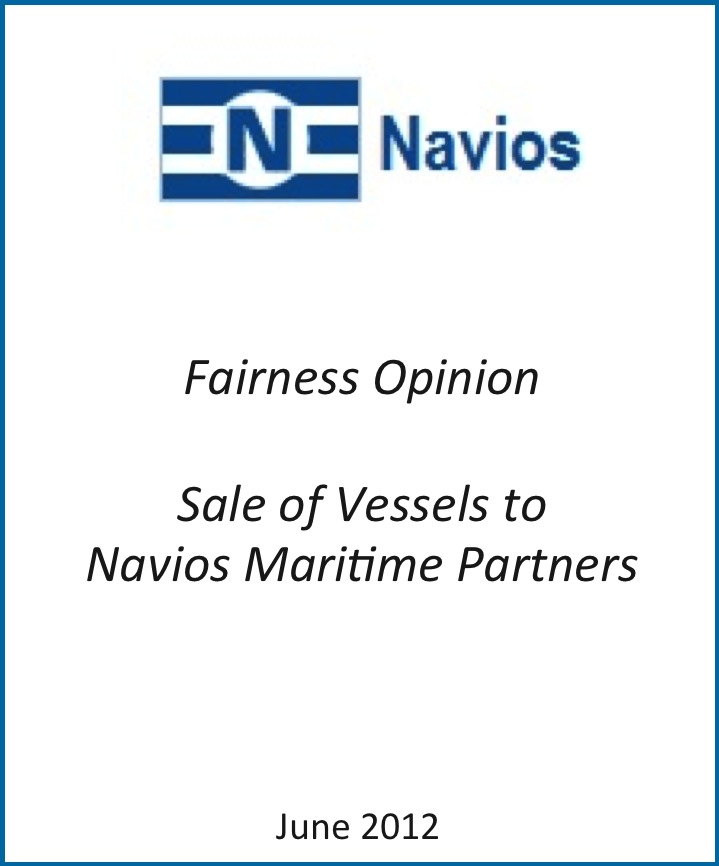Growing Your Business Through Acquisition
By: James Cassel, March 18, 2012
Now is an interesting time to consider acquisitions. Baby boomers are beginning to retire, and their children may not have interest in the family business. As a result, plenty of opportunities will arise in the next few years as businesses change hands. This year may present additional opportunities because of uncertainty about tax increases on capital gains.
Many investment bankers and business brokers are working with businesses that are for sale. However, finding a business to buy — one that’s not already on the market for an exit — is a major challenge. There are ways to find these opportunities, such as talking to your competitors or your accountant, but this is like finding a needle in a haystack. Engaging an intermediary such as a mergers and acquisition attorney may be a wise choice.
Managing the risks involved in an acquisition can be equally complicated. Acquisitions might provide business owners with a way to grow and strengthen their companies, but they can also present unique challenges.
For a smooth acquisition process, get your strategy in place now.
Know why acquisition as a growth strategy makes sense for your business. You might think buying a business is only for large corporations, but this is not the case. An acquisition can jumpstart growth — buying an existing enterprise means the foundation is already in place. For example, the firm may have employees with talent and experience as well as a hard-to-replicate customer base. By finding a business with a good track record or a desired geographic footprint, you can improve your own company.
Stick to what you know. Looking for a business to acquire so you can expand? Choose wisely. While buying direct competitors is one way to approach acquisitions, you can also consider similar companies in different geographic areas or complementary companies for cross-selling purposes.
Don’t bet the farm. Be sure you have the financial resources available for the acquisition, which include integration costs and working capital. Be realistic about estimated costs and the time investment required to complete the deal. You cannot take your eye off your existing business or starve it for capital for the sake of an acquisition. Even the cost of lawyers, accountants, and other professionals who will assist during the due diligence phase can be a significant expense, and you don’t want to cut corners when it comes to professional guidance.
In most cases, it is not worth “betting the farm” — taking on too much debt or using all of your capital— to purchase another company. If it turns out that the deal isn’t as good as expected, your existing business may be threatened. And considering many business owners have the majority of their net worth in their business, excessive risk can threaten your financial security.
Research in advance. Acquiring companies can be a shortcut to growth, but there is risk involved. Before contacting the company you want to buy, get as much information as possible. Some of the best opportunities might be competitors you have known for years who are ready to sell. You may have an advantage over other rivals if you know the families and have an existing relationship.
Don’t rationalize buying a business. Be objective regarding what you arereally getting and what it is worth. A team of experts can help you analyze your potential purchase, its value and its fair price so you do not overpay. Be careful not to get caught up in a deal simply for the sake of the deal. Many times it is better to just walk away, because the opportunity may reappear later on more favorable terms. A deal can be like a train – one might leave the station, but generally it will be followed by another train.
Plan your approach. As enthusiastic as you might be to expand, many small business owners feel threatened during initial contact. Even if you and your representatives experience a lukewarm reception, keep in mind you can see results in the future. Playing your cards right means you could be contacted in six months, one year, or later. It is important to stay in touch. Sellers generally need a reason to sell, such as illness, divorce, or retirement. Since they generally cannot replace their income with the proceeds of a sale, they need a triggering event.
Prepare an employee transition plan. Employees make up a significant part of a company’s value, so make sure they are on board with the transaction. Keep them informed and engaged to avoid hostility, anxiety or demoralization. Not only is a communications policy extremely important, but so is face-to-face interaction. Never underestimate the value of employees.
Know how you are going to pay for the business. Can you borrow? Do you have excess capital? If you don’t have the capital to fund an acquisition, you can also look at the assets or cash flow of the company you’re acquiring. The appropriate mix of equity and debt is deal-specific. Many times, sellers will be part of the solution by taking back seller financing. Creativity is a plus. Banks are eager to lend, but only in the right circumstances.
Plan the integration of your new business up front. Many companies don’t plan their post-acquisition integration strategy with enough foresight to anticipate changes in company culture. Without proper execution, the strategic advantages that attracted you to the deal in the first place may disappear. A poor integration plan can minimize the value of the acquired business as well as your own.
Let’s say that you’re not looking for acquisition opportunities at this time. Establishing relationships with businesses that you could acquire in the future will keep you informed about how you can leverage your business in your industry, and how certain geographic locations might be acquisition targets. You might also discover opportunities to buy a division or product line of a company.
Although companies are not always available when you are looking, sometimes you just need to be opportunistic. Don’t let them pass you by.










